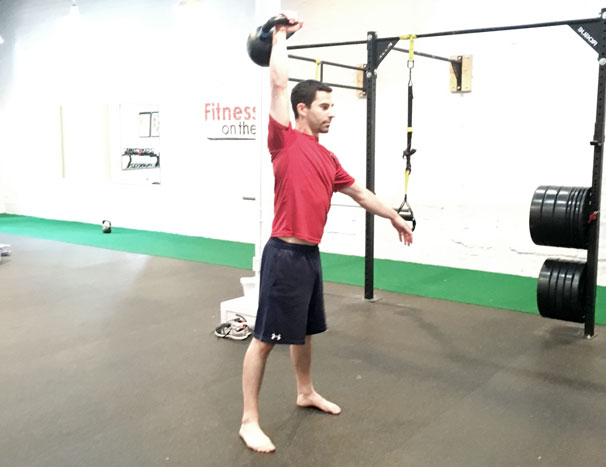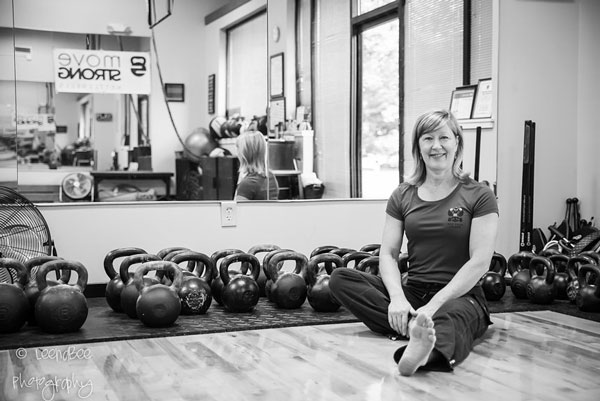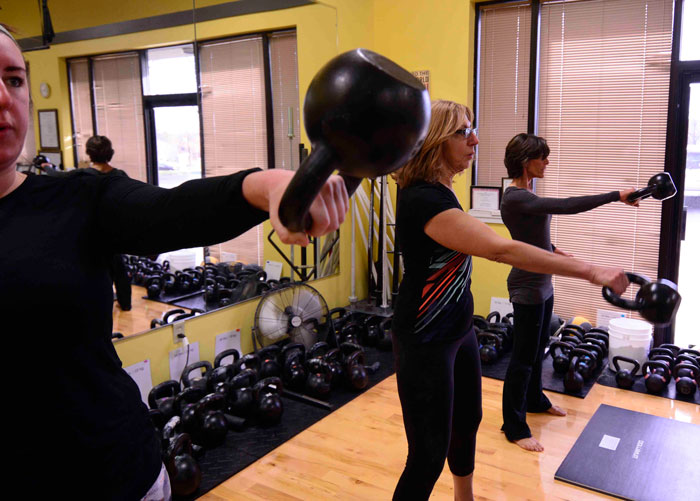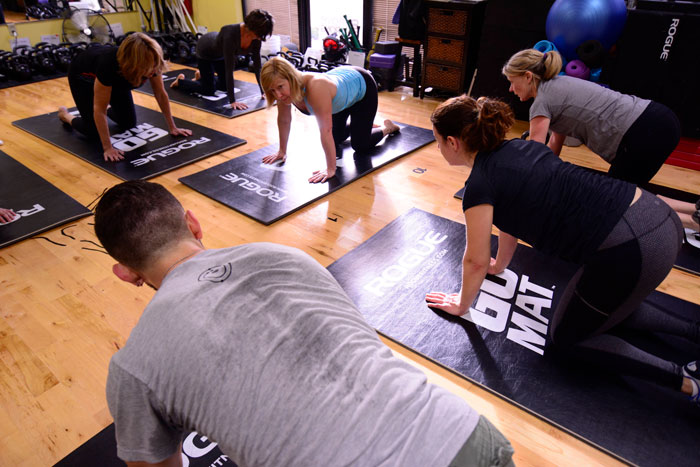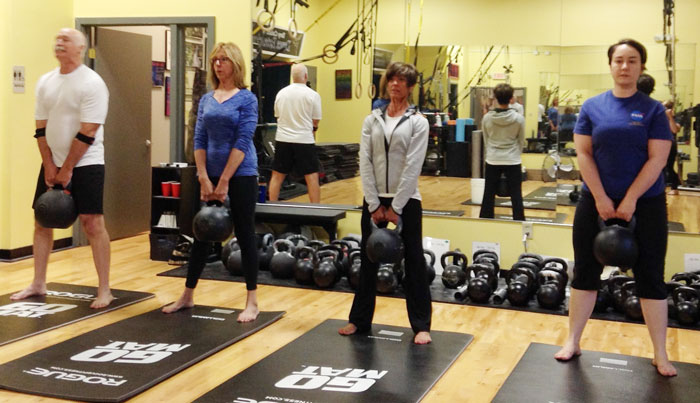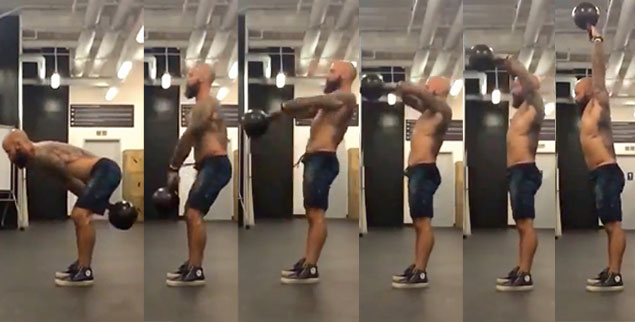
“The American Kettlebell Swing (AKBS) is the devil! You will get hurt if you practice this style of swing!” …at least that is what I have been told. Heck, I am guilty of muttering those words once or twice like countless other fitness enthusiasts. But, it’s generally not the tool or exercise selection that necessarily causes a problem. It is the misuse of the tool, and the poor application or inappropriate execution of the movement that can cause accumulated damage over time. When applied correctly, the American Kettlebell Swing can become an excellent addition to your movement catalogue!
In the RKC School of Strength, we teach a shoulder-height “Russian” style kettlebell swing (RKBS). The intent of our swing is to promote sustainable power production from the body’s drivetrain, the hips. We teach this style of swing since many competitive sports require athletes to propel their own bodies or an object forward. This is the direct application of the RKBS and its outwardly projecting force. In the sport of weightlifting or even in the “Sport of Fitness,” athletes are required to use their hips to propel a load overhead in movements like the clean and jerk, snatch and even a wall ball shot. Movements that finish with a load overhead utilize a more linear trajectory, and support the proper use of the AKBS.
Before we run over to the boy-toy (a 24kg kettlebell) and start ripping it over our heads with two hands, let’s review some details of the movement.
First, the AKBS is NOT A SWING. Yes, I know it is called a swing, but by definition a movement that travels from the ground to overhead in one continuous motion is a snatch. The overhead swing has a much more linear trajectory, similar to the clean. Just understanding the kettlebell path will help clean up some common errors with this movement.
Practicing a snatch with a barbell or kettlebell can be very demanding. But, most people possess the requisite mobility to learn the RKBS, even as a beginner in fitness. They may not work on full swings in the first training session, but can start working with light deadlifts. Low volume swings are realistic progressions after a few short training sessions with an RKC Certified Kettlebell Instructor. This is generally not the case for the AKBS.
There are several requirements to safely practice the AKBS:
- A demonstration of gross motor control and coordination
- Requisite range of motion in the thoracic region (rib cage)
- Significant overhead shoulder mobility and stability
- A negative test for shoulder impingement on both shoulders (Seek out a CK-FMS certified instructor to help screen for impingement)
After acknowledging these safety standards, we can decide if the AKBS is appropriate, or if any additional preparatory homework is needed before practicing this movement. Keep in mind that when performing an AKBS, the hands are placed only 3-6 inches apart on the handle (depending on the size of the kettlebell). This requires a much greater amount of thoracic and overhead mobility to safely perform the lift compared to the barbell counterpart.
Required Range of Motion
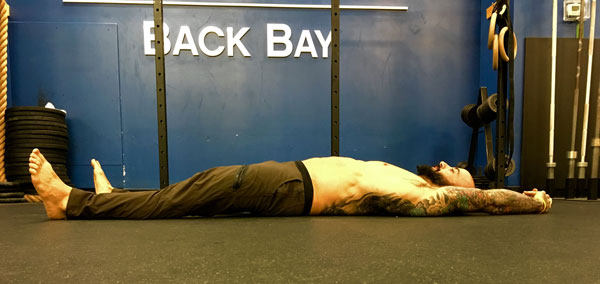
To determine if you possess the requisite range of motion for the AKBS, bring yourself to a supine position on the floor (lay down on your back). Separate your legs into a swing/squat stance and go into a hollowed body position by flattening your lower back to the floor. This will feel like you are pulling the front of your ribcage down to your belt line. Be sure to keep your legs tight like in the Hardstyle RKBS!
Now, raise both arms overhead while clasping both hands together. For a green light to practice the AKBS, you must be able to bring your forearms, lower back, and head to the floor in a comfortable state. Your elbows must remain completely straight and your shoulders must stay depressed (sucked down to the ribs, away from your ears).
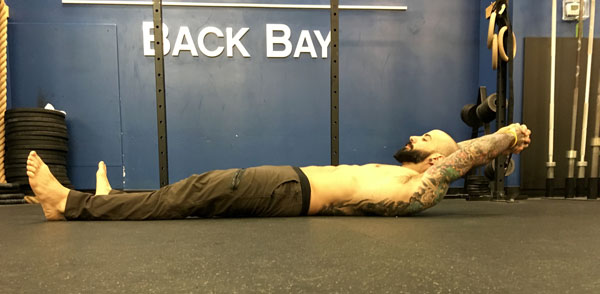
 Both of these examples are failed overhead screens for the AKBS. Note: if you can see your arms in your peripheral vision, this indicates a failed overhead screen for the AKBS and more mobilization is required.
Both of these examples are failed overhead screens for the AKBS. Note: if you can see your arms in your peripheral vision, this indicates a failed overhead screen for the AKBS and more mobilization is required.TIME TO SWING….. err snatch…….YES SWING!!
With both hands on the kettlebell, start in the athletic ready stance to prepare for the pre-swing or to “hike pass” the kettlebell through your legs. Nothing here deviates from the standards of the Russian kettlebell swing, yet. Your hips are lower than the shoulders. The spine is long and neutral. The hips and hamstrings are engaged.
Now, hike the kettlebell back through your legs. Explosively and simultaneously extend your knees and hips creating a solid lockout in your entire body below your neck. This will power the kettlebell out in front of your hips. Once the kettlebell reaches your belly button, use your arms to pull the kettlebell in towards your chest and up over your head to the overhead lockout. Stop the momentum of the kettlebell by squeezing the handle in the overhead lockout position. The AKBS is completed when the bottom of the kettlebell faces “up” directly overhead and the arms are in alignment with your ears.
How To Apply the American Kettlebell Swing:
The American Kettlebell Swing should be carefully applied to your programming as a compliment, not as a replacement for the Russian Kettlebell Swing. Instead of assuming the American Kettlebell Swing is harder, understand that there are two main reasons to purposely include the AKBS in your program design.
- Longer cycle time: When planning aerobic power intervals, a slower cycle speed due to a longer range of motion will simply eat up more time on the clock.
- Compounded shoulder and grip fatigue: Pulling the kettlebell through a longer ROM over the head adds a greater degree of shoulder flexion and sustained grip activation compared to the RKBS. The AKBS creates a significantly higher accumulation of shoulder and grip fatigue. In a mixed modal environment, this movement coupled with push-ups, reverse wall climbs or even handstand pushups can dramatically improve overhead work capacity when safely and progressively programmed.
Safe Modifications:
Just like most people have the ability to safely perform the RKBS after demonstrating proficiency of proper hinge patterning and full body bracing, all practitioners can utilize an abbreviated version of the AKBS by simply expressing a shorter range of motion. If you were unable to pass the overhead screen because of signs of shoulder impingement, a safe variation of the AKBS would be to simply pull the kettlebell just above forehead level without committing to a straight-arm lockout of the elbows. With this abbreviated ROM, you will still be able to create a longer cycle time as well as induce increased shoulder and grip fatigue.
Give this swing variation a go and let me know how things work out for you!!
Angelo Gala, Senior RKC, PCC Team Leader
***
Angelo Gala is both a Senior RKC and PCC Team Leader. He has been a fitness professional in the Boston area for greater than 15 years working day to day with a wide range of clientele. He helps the average “Joe” get fit and out of pain and prepares athletes to qualify and compete at the CrossFit Games. His specialties include improving restricted movement, getting strong(er) and energy system development (anything that elevates the heart rate). Angelo is available for remote coaching and on-site workshops. For scheduling he can be reached at a.angelo.gala@gmail.com.
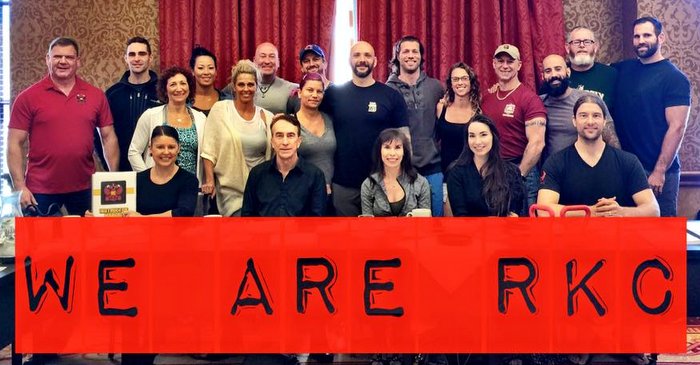
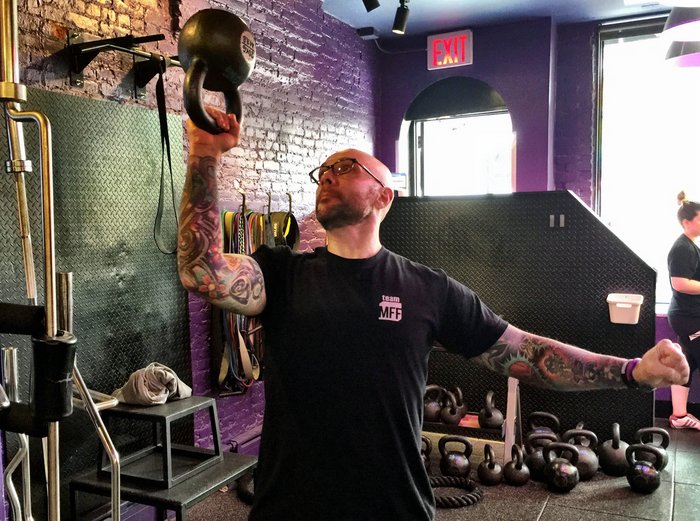
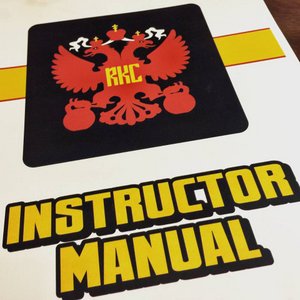
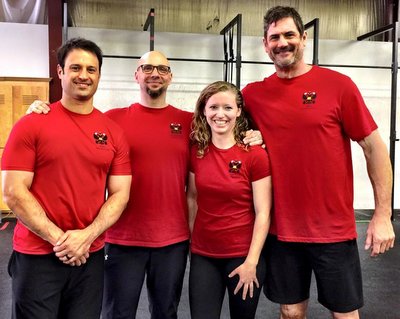 Remaining the standard bearer and the innovator, the New RKC created the curriculum that others are now scrambling to adopt and imitate. We continue to lead by example.
Remaining the standard bearer and the innovator, the New RKC created the curriculum that others are now scrambling to adopt and imitate. We continue to lead by example.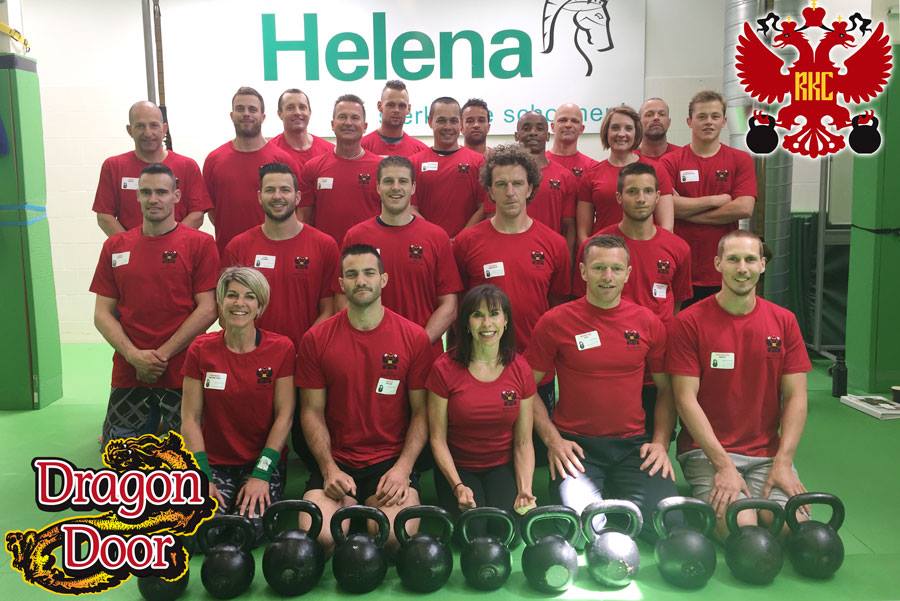
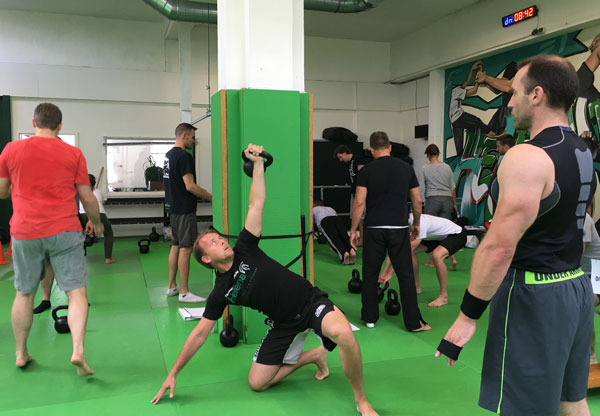
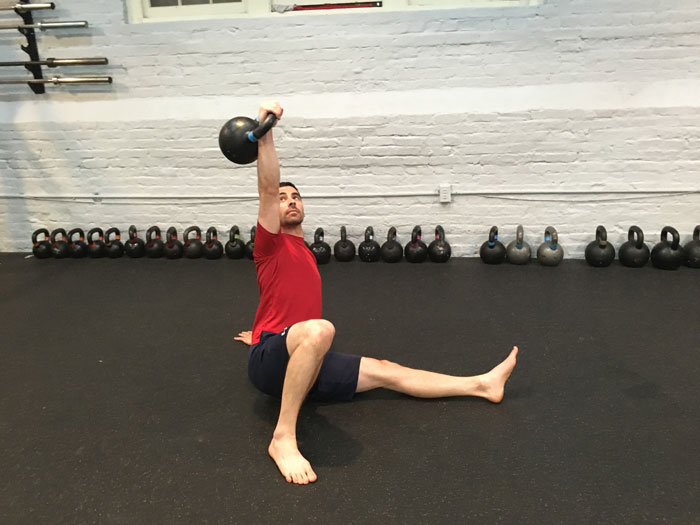
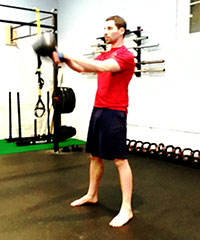 Workout 1:
Workout 1: